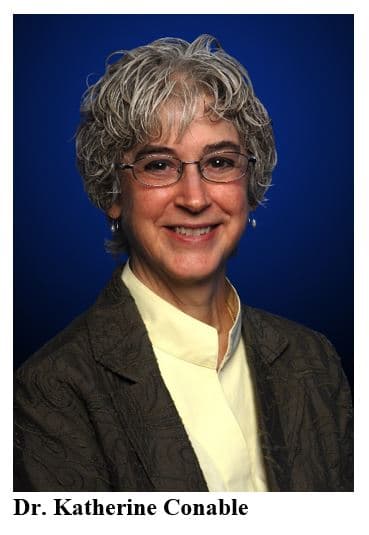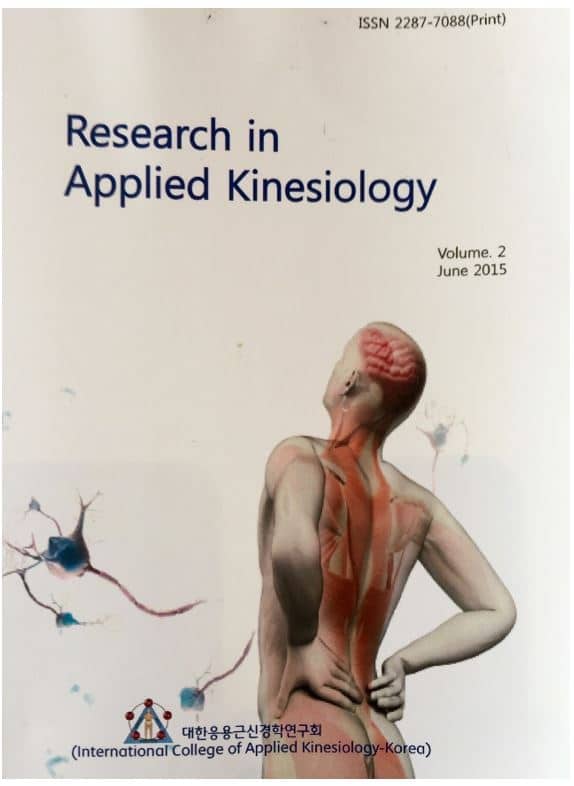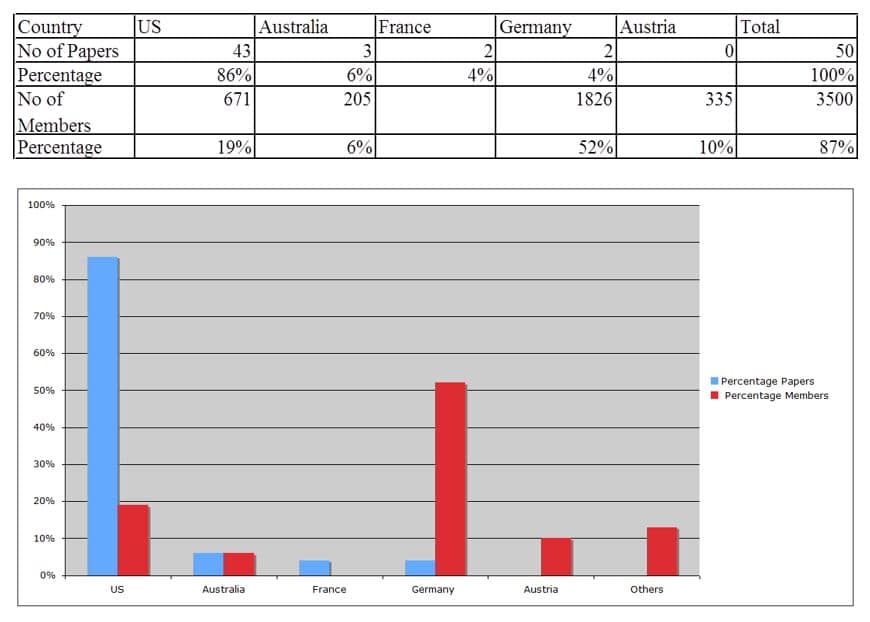(AK’s Inter-Professional Influence)
By Scott Cuthbert, DC and Clive Lindley-Jones DO DIBAK
With contributions from
- Robert Blaich, DC, DIBAK
- Eugene Charles, DC, DIBAK
- Rudolf Meierhöfer, DDS, DIBAK
- Richard Meldener DC, DIBAK
Abstract: In Part II of this history of the growth of Professional Applied Kinesiology (PAK) and the International College of Applied Kinesiology around the world and throughout the healing professions, thirteen contributing authors and teachers of this chiropractic technique tell the story of PAK’s growth on each of the continents of the world and its penetration into allied natural health care fields, presenting the detailed, colorful story of the permeation of Applied Kinesiology® (AK) manual muscle testing (MMT) methods and philosophy into the daily practice of hundreds of thousands and potentially millions of clinicians. Illustrated throughout with historical pictures covering over five decades, this is the first comprehensive history of AK around the world.
It has now been estimated (by taking a census of the number of students taught by kinesiology teachers around the world) that MMT and the basic factors of therapy introduced by Dr. Goodheart for physicians in the early 1960s is now practiced by over 1 million people around the world.1
One of the major reasons PAK has spread across the world is that MMT is a functional diagnostic tool that can be used by most of the clinicians in complementary and alternative medicine as well as traditional allopathic medicine. Part II of this paper describes how the spread of this chiropractic technique throughout the CAM world has occurred.
Goodheart’s research was published yearly from 1964-1998 in research manuals, articles, chapters in books, monthly research tapes, and more. A bibliography of his published work is available from the International College of Applied Kinesiology, the organization Goodheart founded in 1976.2 In his seminal work (1992), the chiropractic historian Dr. Joseph Keating3 applauded the ICAK:
Unfortunately, few chiropractic membership organizations in the U.S. can claim to have been founded or to function primarily for scholarly or scientific purposes. (The Association for the History of Chiropractic (AHC) and the International College of Applied Kinesiology (ICAK) are exemplary of these few.)…There are few organizations of field doctors which can make a similar claim.

Many members of ICAK have done great work to further the standing of chiropractic in the world, but perhaps no history of AK in chiropractic would be complete without a mention of Dr. Kathy Conable. Not only does she run a busy practice and teach undergraduate chiropractic students as a professor at Logan University (Missouri, USA), she is also one of the longest serving members on all the boards—more recently as a long-serving president of the International Board of Examiners.
In the service of AK, Conable has crisscrossed the world for so many years, to nearly all the international conferences. She brings both an intimate knowledge of the lived history of AK from its early days along with an academic’s rigor, respect for details, good administration, and sound practice.
The first book to describe the value of AK to other professions, AK and the Stomatognathic System, was authored by Gelb, a dentist, and Goodheart in 1977.4
Goodheart set the peer-review trend for AK by publishing a discussion of dentistry and AK in 1976.5 Scopp published the first research paper discussing the AK approach to a functional organic disorder with allergy testing in 1979.6

There are now over 100 papers published in peer-reviewed journals on the methods and outcomes of AK.7-8 Few chiropractic therapeutic methods have been investigated or written about as extensively as AK. There have been 40 separate books published about AK methods since 1964.
In support of the ICAK’s common purpose of increasing access to AK and continuing further development, Dr. Goodheart encouraged all ICAK members to “promote research….” This was always an important point for the leadership of ICAK, and Dr. Goodheart was very happy that, within ICAK, there was an ongoing dedication of time and resources to research. This has been documented in the “AK Compendium of Research.”7
The Applied Kinesiology Research and Literature Compendium (AKRLC) 2019 provides a theoretic foundation for understanding the clinical mechanisms that link Applied Kinesiology manual muscle testing methods with human health and disease. The functional mechanisms of manual muscle testing are explored, and links between the status of the muscular and nervous systems are demonstrated.
This enlarged edition of the AKRLC encompasses the following topics:
- Research supporting the reliability of the manual muscle test;
- Research correlating MMT outcomes with other instruments measuring muscle function;
- Research related to treatment effects using AK methods: clinical series and case reports;
- Research studies examining the clinical relevance, predictive validity, and accuracy of MMT;
- Research support for therapy localization method in AK.

according to ICAK Chapters Around the World
The compendium presents an exhaustive review of the research literature about AK’s clinical methods in peer-reviewed scientific journals, that summum bonum of 21st century research validity. Publishing this research is a high priority as it helps protect the future of AK. These studies include research from chiropractic, biomedical, acupuncture, physiotherapy, nutritional, craniosacral, and osteopathic literature and cover the diagnosis, treatment, reliability, and outcome measurements of AK methods. Applied kinesiology’s relevance to neuroimmunology, pediatric, and emotional health is also documented here.
Applied kinesiology methods now enjoy the highest public visibility and patient utilization rate in its history.1 Part of its new status in the health care marketplace is the result of various studies demonstrating the effectiveness and patient satisfaction using AK, complementary and alternative medicine (CAM), and chiropractic adjustment procedures in the management of pain, functional organic (“Type O”) disorders, and improvement in quality of life for patients of all ages. The somatovisceral aspects of chiropractic and osteopathic treatment have often been given short shrift by the research community, and research papers included in the Applied Kinesiology Research and Literature Compendium show how Applied Kinesiology may make unique contributions to the general health of the public.




